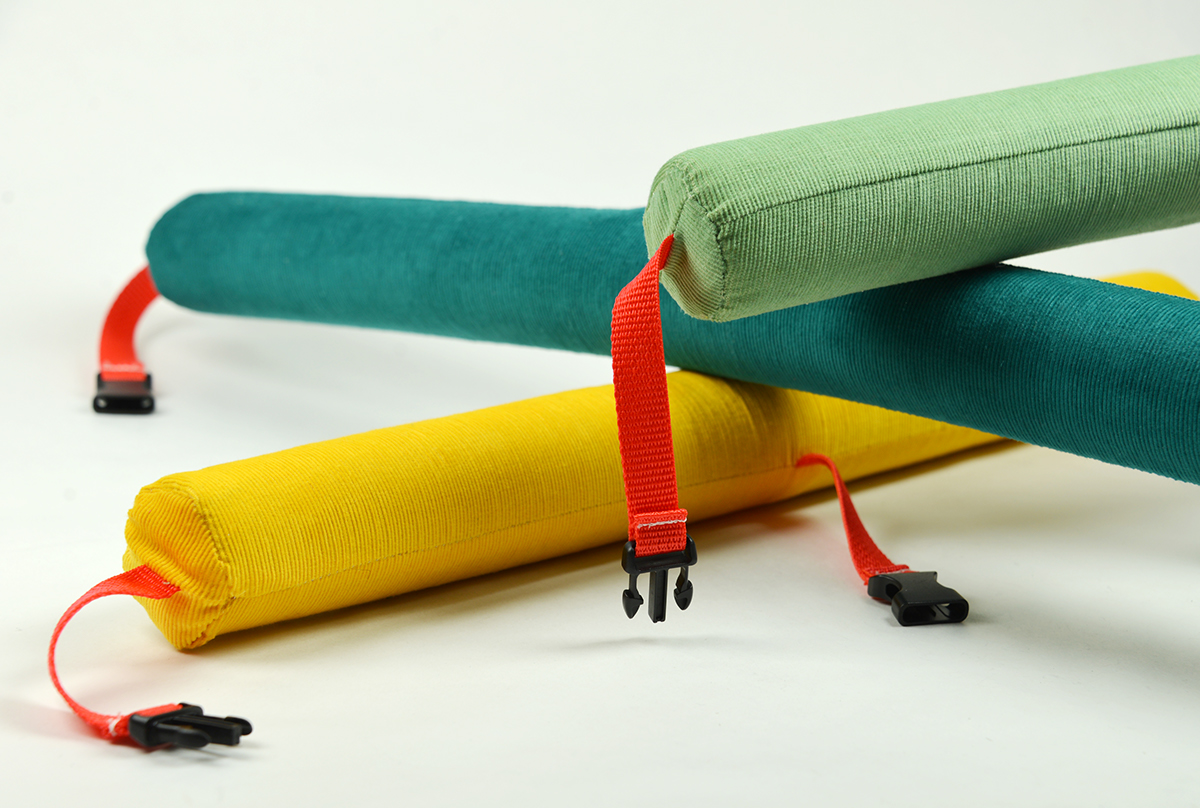Designing for Play, Fall 2017, Instructor: Cas Holman
Canopy
A play system designed for a future where play is the priority of autonomous vehicle design.
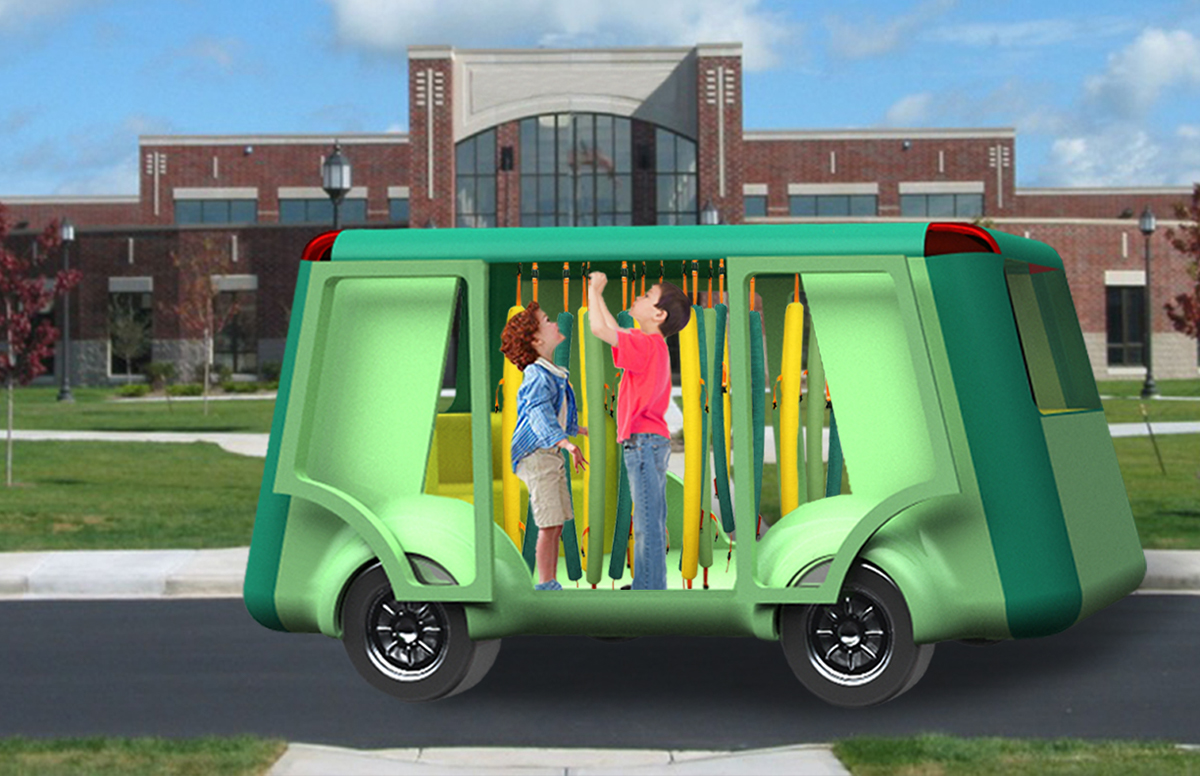
Prompt | Timeline: 3 Weeks
Design a way for two children, ages four and six, to play in/with an autonomous vehicle five years in the future. This vehicle will be designed to have play as the priority, rather than safety or other values.
Assumptions:
1. Seatbelts are not required. Autonomous vehicles at this point will have the safety precautions necessary to avoid serious accidents.
2. Infrastructure will be the same as now, but with autonomous cars as the norm. Roads, driveways, maps haven't changed.
Process
I started off by thinking of ways in which playing in an autonomous vehicle would be different from a regular play environment. With no seatbelts necessary, I speculated that the movement of the autonomous vehicle could be an interesting element to add to play experience. I decided to design a constructive system centered around object play for preschoolers.
In speaking with parents and conducting further research on autonomous vehicles, I determined that my autonomous vehicle would have the play system located at the center of the vehicle, with seats at opposing ends for parents or children who were taking a break from the play.
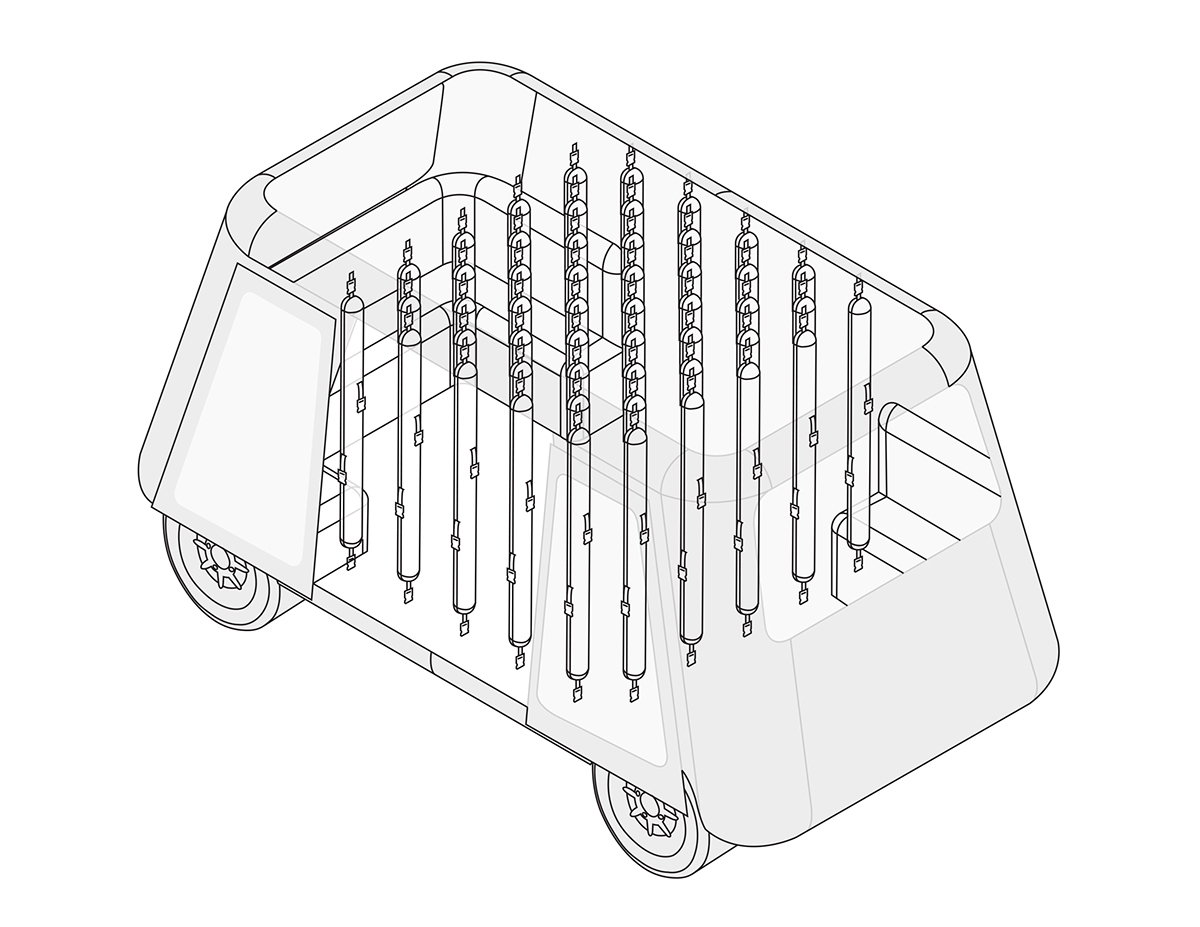
I designed an approachable system in which children could engage in object play, utilizing noodle-like forms to create their own seating, play structure, or props for imaginative play. During the target ages of four and six, children are still building their confidence and are interested in gaining further autonomy. This freeform and flexible system offers children the ability to do so, as the clips are designed to be located at a reachable height for children of this age-group.


Each noodle-like form is equipped with straps and clips on the ends and sides. Each adjacent noodle has clips in an opposing orientation to the current noodle, offering convenient clipping to neighboring noodles. Clips also exist on the floor and ceiling of the vehicle, adding additional tether points.
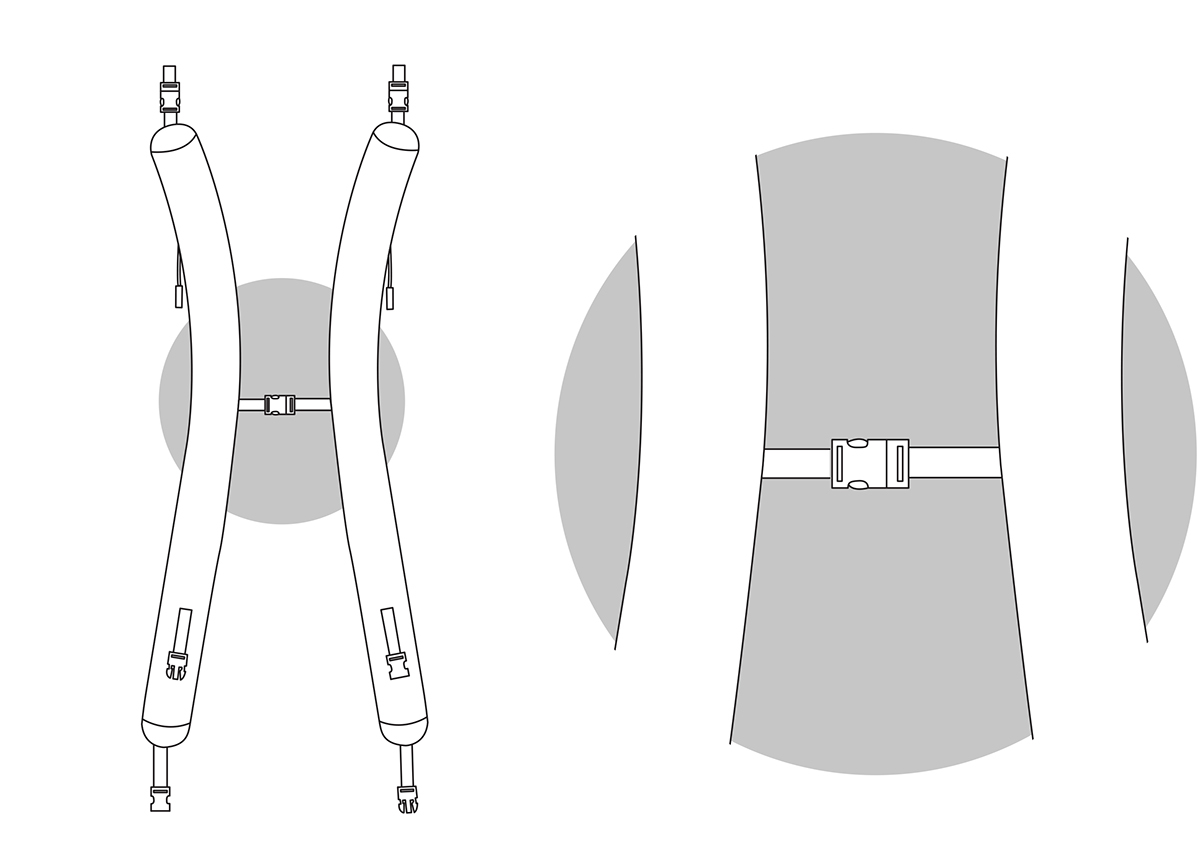
As a result, children are able to build simple, or complex furniture systems. Furthermore, I designed two different types of module lengths in order to offer greater flexibility within children's designs.

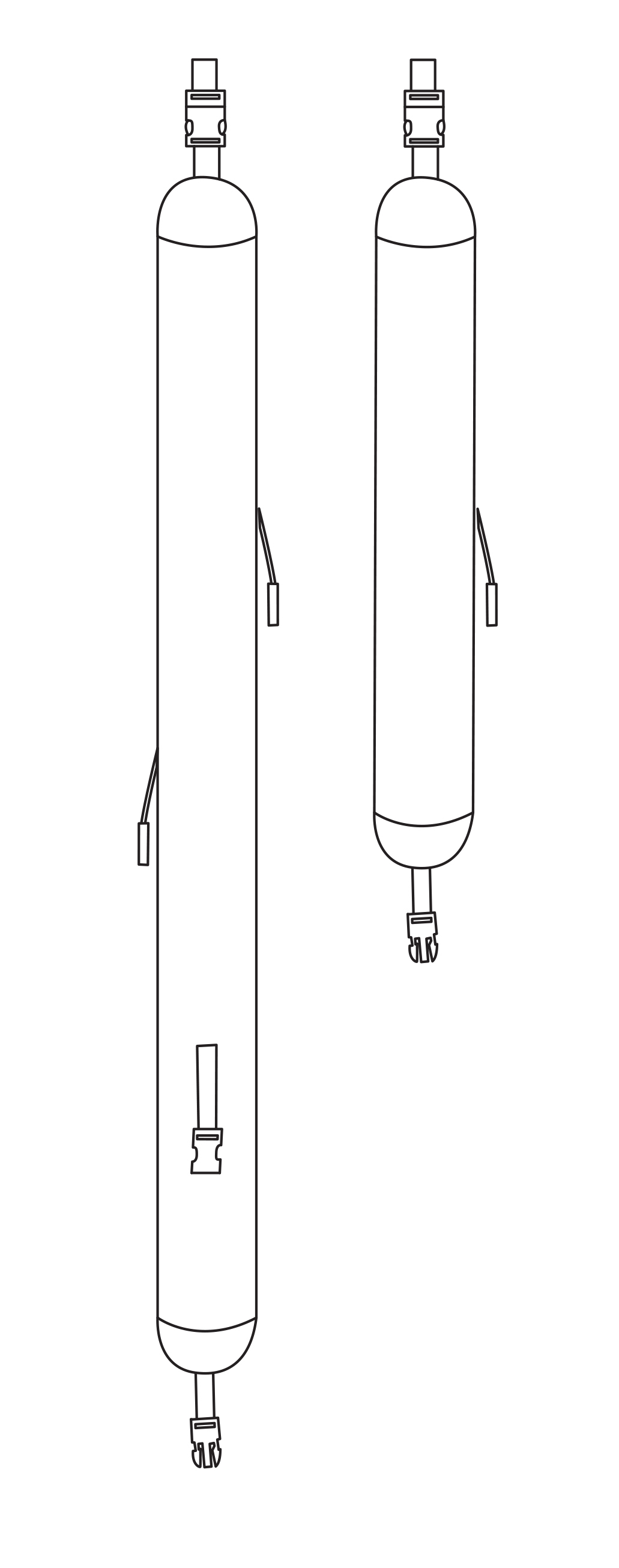
In addition, the system would respond to the movement of the vehicle, adding momentum to the constructed elements within the vehicle.
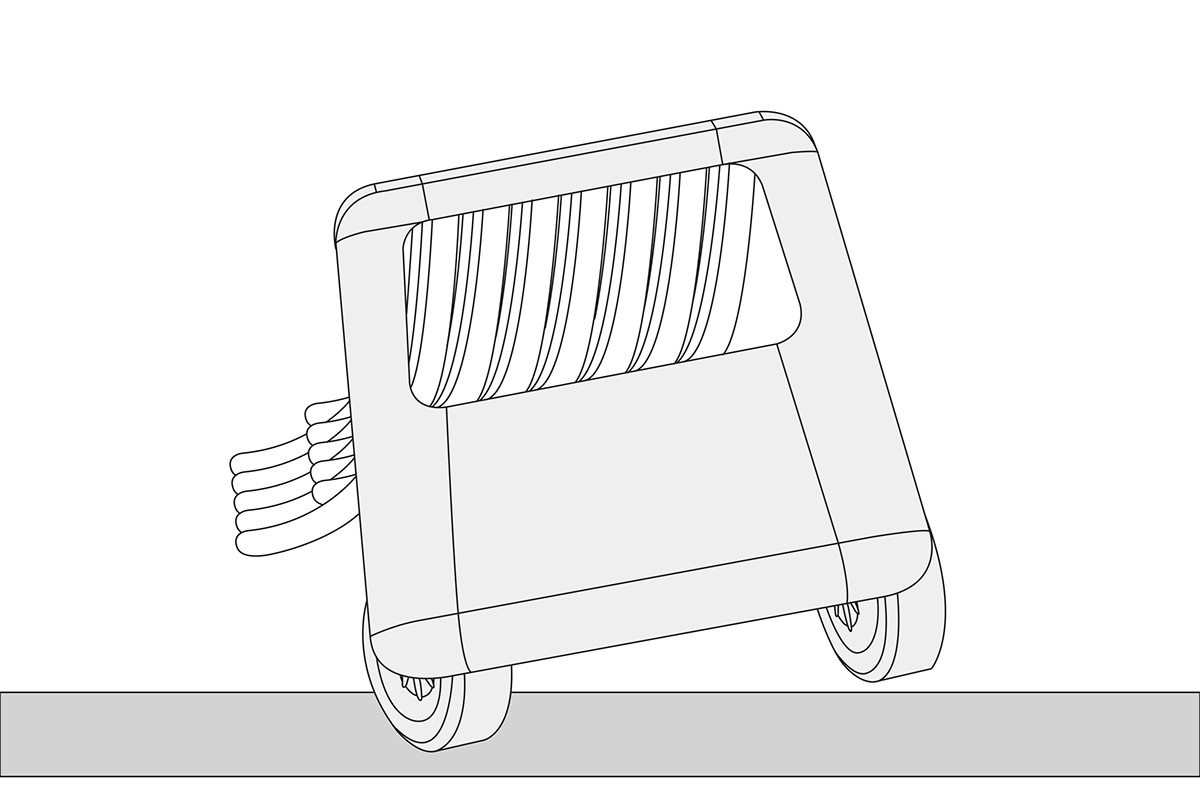
In order to test my design, I created a works-like prototype to represent what a section of Canopy would look like in a car environment.

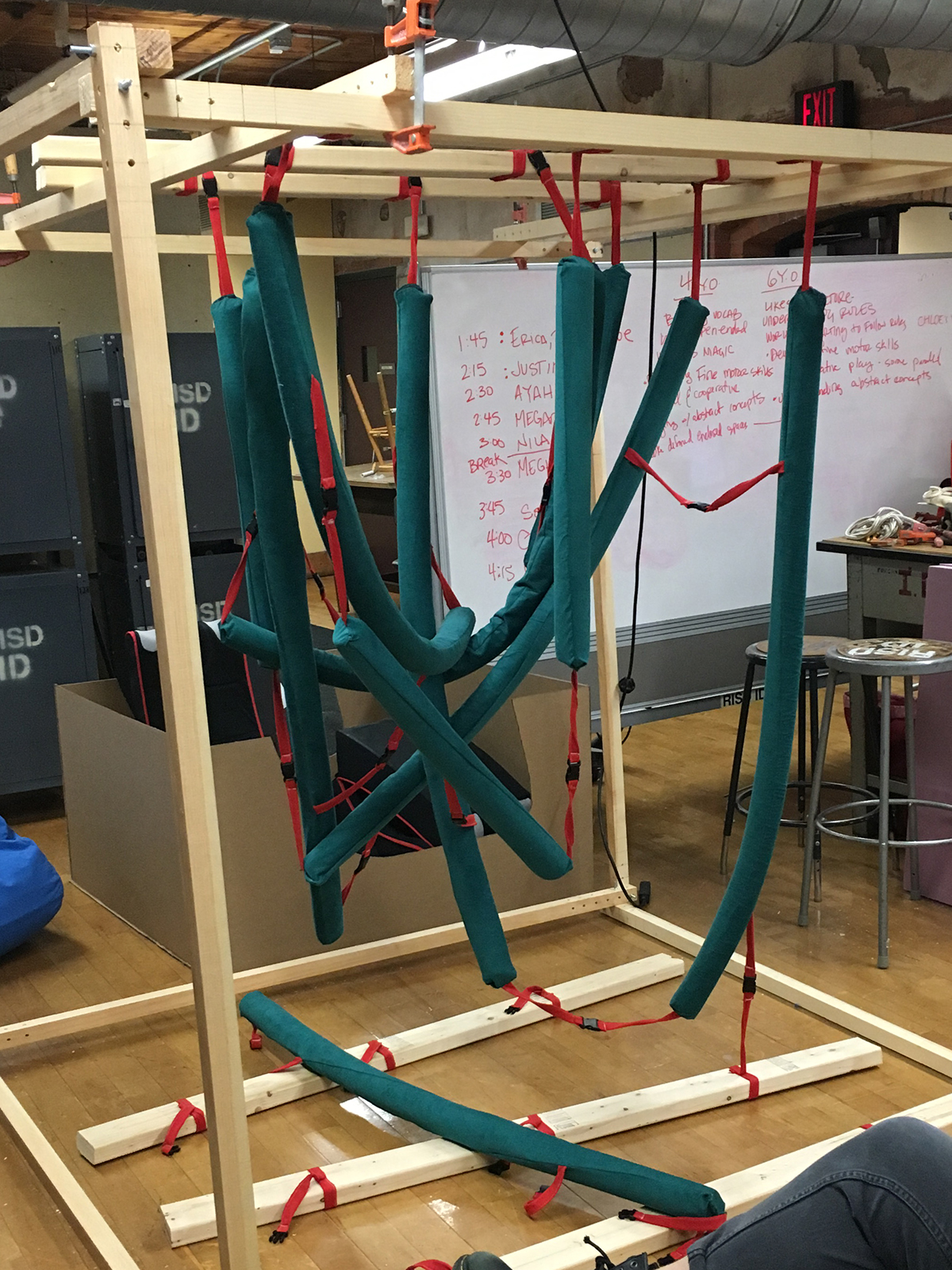


During the test, both short-term players and long-term players appeared interested in their ability to manipulate the environment. The short-term players found excitement in pushing around the existing noodles, while the long-term players were interested in constructing their own systems, as predicted.
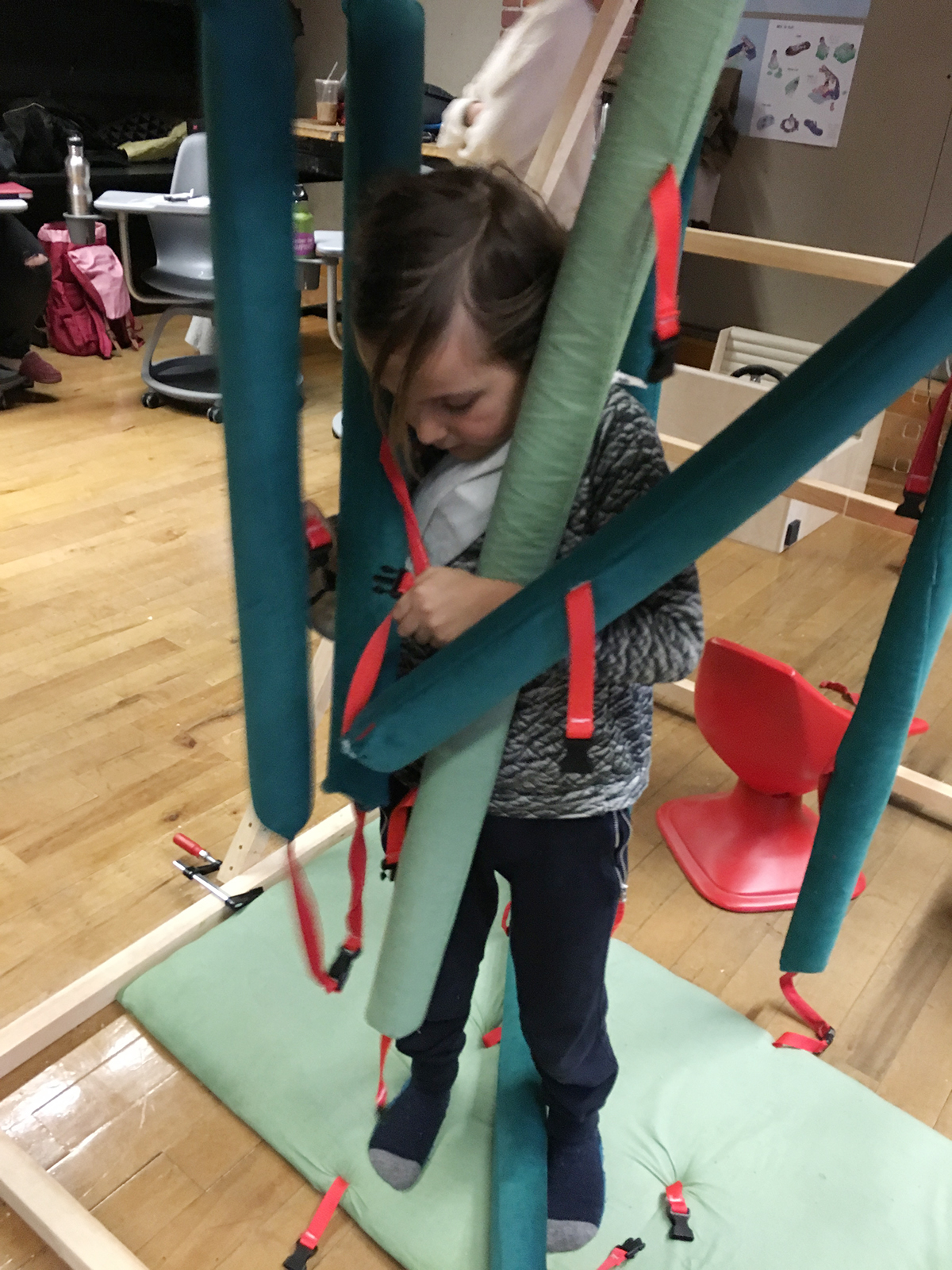


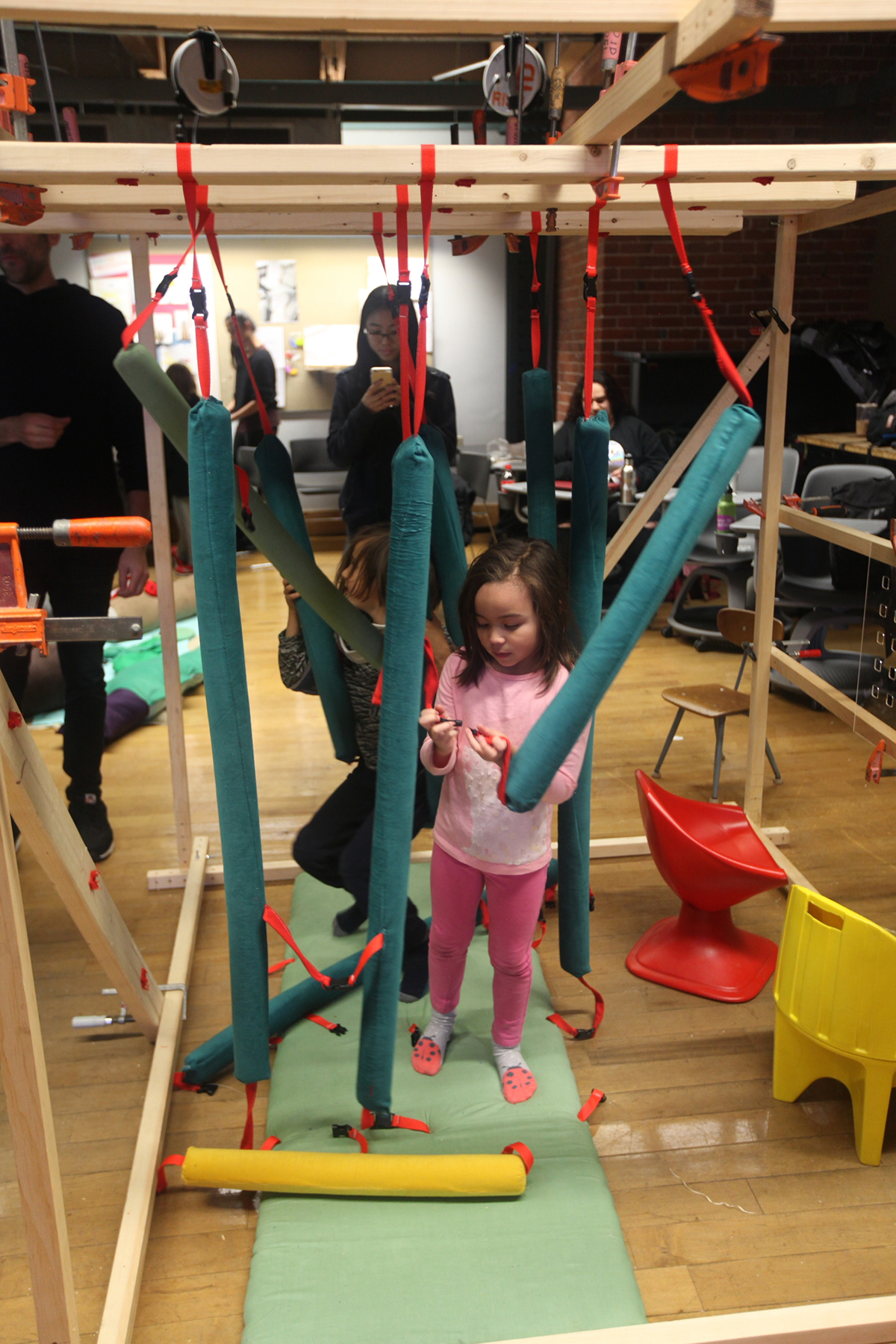
Below are examples of two children (ages 4) who were interested in creating their own furniture systems.
The older children (ages 6) found interest in building their own structures as well, though more engaged in developing a sculpture, rather than permanent seating. They were also focused on building together, rather than individually, taking down their current structure to try something new.


Canopy would be offered in three colors, opening up opportunities to further build on communication between children, or for the invention of games based on colors.


The final system would be constructed from webbing and corduroy-like material, which would add a tactile nature to the system as well.

